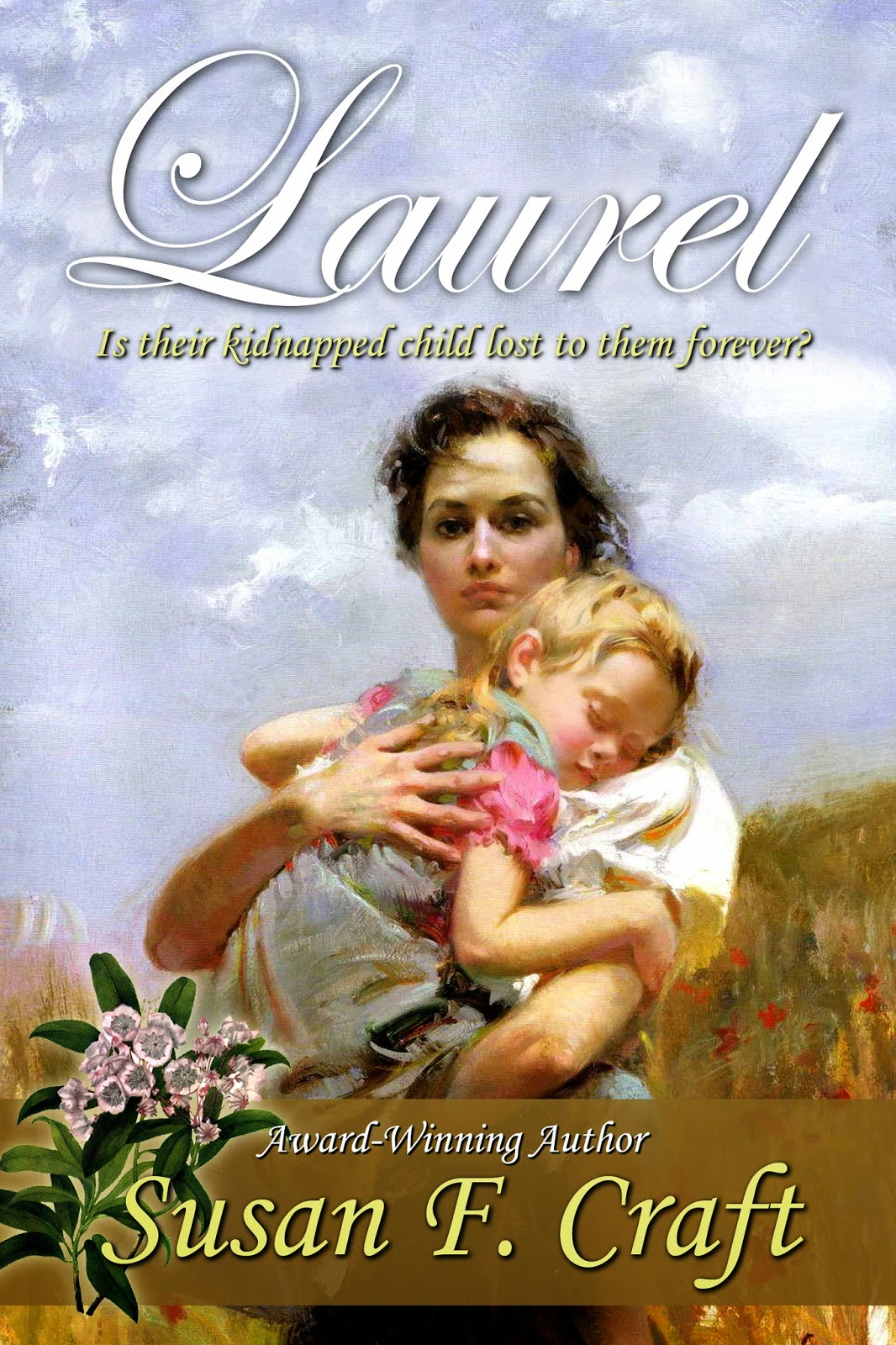by Susan F. Craft @SusanFCraft
A One Sheet provides
information about your manuscript, which can be presented to an editor or and
agent. It includes the following:
Brief Synopses of Your Project
Include two versions: a
25-word pitch, and a longer version of approximately 500-600 words—similar to
what would be on the back cover of a novel.
Write the synopsis in
present tense, third-person, even though your project may be first-person. Make
sure you include important plot points or topics of your manuscript; you don’t
want to keep an agent or editor guessing.
Include the genre and the
word count.
 |
| Be sure to include compelling images. |
Illustrations.
Include pictures/graphics
that help describe your manuscript.
Photo
Professionals have differing
opinions on whether to include a picture of yourself, but if you have a
professional portrait, include it. It will help the editor or agent remember
you after the conference ends.
Contact Information
Be sure to include your
name, address, phone number, email address and website. If you have a blog that
features your own writing, you’ll want to include it too, so the editors and
agents can see samples of your writing.
Use professional software,
such as Microsoft Publisher, to create your
One Sheet. Use the template for a flyer, or from the first page of a
newsletter, to get the look you want.
Color attracts attention, so
use white paper, black font for the main text, and graphic design to add a
touch of color.
The use of colored paper can
strike an editor as the mark of an amateur, so it’s best to avoid and use
colored ink for design instead. Don’t use it for the main text—that’s another
amateur flag.
Use a standard font like
Times New Roman, size 12, for your One Sheet, but enlarge and bold the title of
your project.
When meeting with an agent
or editor at a conference, casually hand them your One Sheet as you make your
pitch. The One Sheet is a great ice-breaker, but don’t read directly from it.
Use it as a tool to get your project noticed.
Susan F. Craft is the author
of The Chamomile, a SIBA award
winning Revolutionary War romantic suspense, and of it sequel Laurel, a post-Revolutionary War
romantic suspense. The third novel in this trilogy, Cassia, will be released by Lighthouse Publishing of the Carolinas
this September.
Susan can be reached at the
follow social media outlets:
www.susanfcraft.com (website)
http://historicalfictionalightintime.blogspot.com (personal blog)
http://colonialquills.blogspot.com
(post the fourth Monday of each month)
http://stitchesthrutime.blogspot.com
(post once a month)
http://www.hhhistory.com (post on the 31st
of months that have a 31st)
Facebook: https://www.facebook.com/susan.craft.108
Pinterest: http://www.pinterest.com/susanfc/
Twitter: @susanfcraft




Good job, Susan! I am going to share this on twitter right now.
ReplyDeleteBlessings,
Elva Cobb Martin, Pres., ACFW-SC Chapter
Thank you, Elva.
ReplyDeleteThank you, Susan! I need to do one of these and your example gives me the guide I need.
ReplyDeleteI intended to ask: is a one-sheet good to have for a work that's in progress or is it only for a published book? An unfinished book won't have a cover picture to include.
ReplyDeleteSherry, my one-sheet was for my book Laurel, which, at the time, had not been published. I had painted the waterfall as an inspiration for a scene in the book. I found the painting of the ships on the Library of Congress site (free), and found the laurel picture on a free site and put them all together to look like a cover.
ReplyDeleteThanks, Susan! I have a cover idea so I'll design it and use that.
DeleteThis comment has been removed by the author.
DeleteSherry, I'd love to see it when it's done. if you want to share it with me. My email is sfc58@sc.rr.com.
ReplyDelete